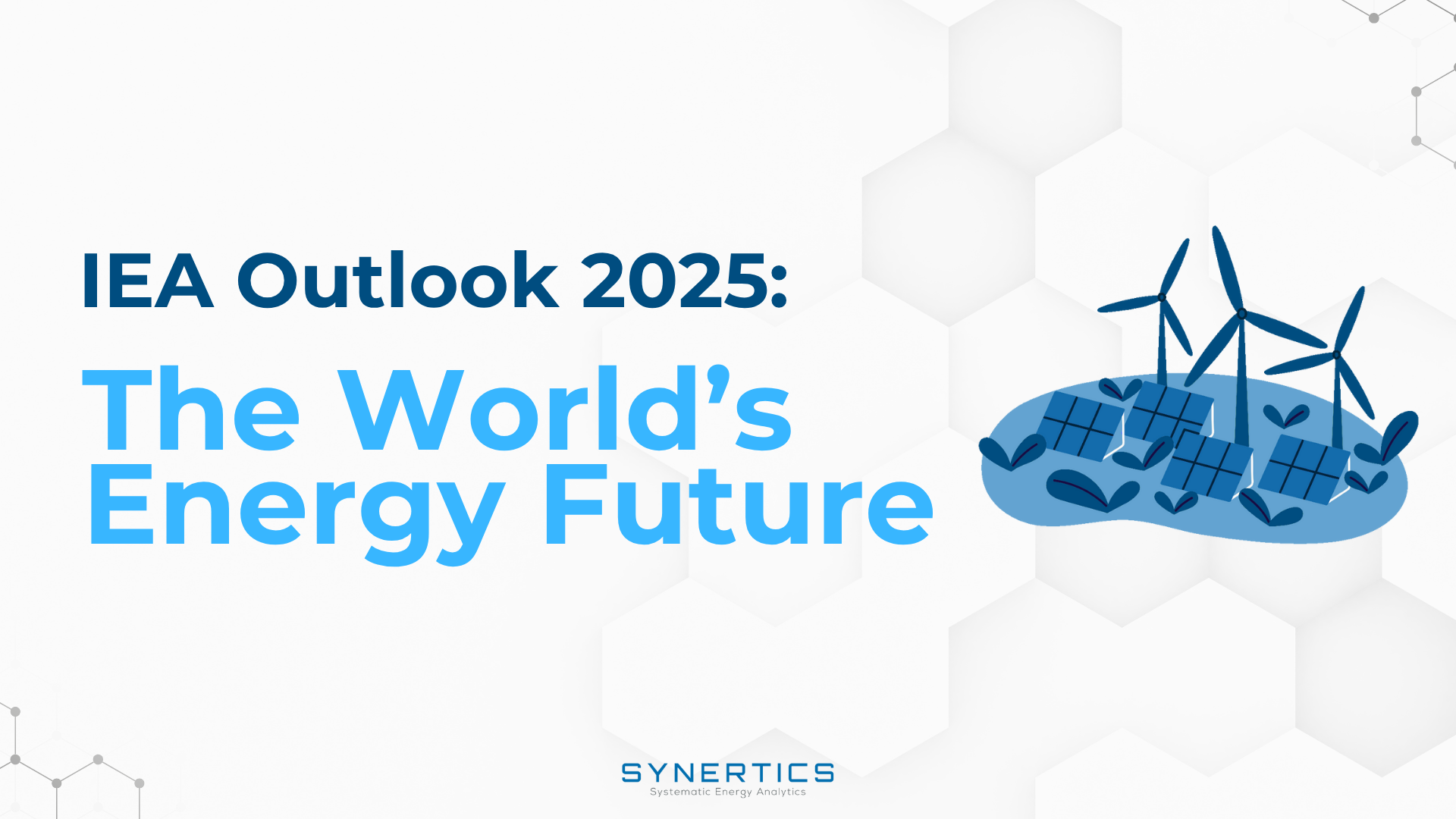Join us on our journey towards renewable energy excellence, where knowledge meets innovation.
Taking a closer look to the concept of augmentation and its connection to PPAs.

In the context of battery storage, augmentation refers to the process of adding additional battery capacity or replacing old battery cells to maintain or enhance the overall performance and storage capacity of a battery energy storage system (BESS) over time.
As batteries age, their capacity to store energy diminishes due to the natural degradation of the battery cells. To address this degradation and ensure that the energy storage system continues to meet its original performance specifications or even exceed them, augmentation is performed. This can involve:
New battery modules with fresh cells are added to the existing system. This increases the overall capacity and compensates for the loss of capacity in the older cells.
Degraded or underperforming battery cells within the system are replaced with new ones to restore or improve the system’s performance.
As battery technology advances, newer, more efficient battery types may be integrated into the system during augmentation, enhancing the overall performance.
The connection between augmentation and PPAs can be made in several ways for renewable energy projects involving BESS:
Augmentation ensures the BESS continues to meet the energy output requirements specified in the PPA, even as batteries degrade over time. This prevents shortfalls that could breach the contract.
By upgrading or replacing battery cells, augmentation extends the system's lifespan and maintains efficiency, helping to optimise operational costs and ensuring the project remains profitable under the PPA.
Regular augmentation reduces the risk of underperformance, which could lead to penalties or disputes under the PPA. It ensures the energy storage system consistently delivers the required power output.
Some of the most relevant questions to acknowledge when considering augmentation are the degradation profile of the batteries and how the augmented system ties into the existing system.
Understanding the degradation profile is crucial as it directly informs the timeline for when augmentation will be necessary to maintain the project's capacity requirements. Additionally, ensuring that the augmented system can seamlessly integrate with the existing infrastructure, including electrical connections and control systems, is vital for minimising disruptions and ensuring the continued efficiency and reliability of the overall energy storage system.
Augmentation is a critical aspect of managing long-term battery storage systems, particularly in large-scale renewable energy projects where maintaining consistent energy output is essential. It helps extend the life of the battery storage system, optimise costs, and ensure reliable energy storage and supply over the system's lifespan.

Insights, Market-trends
15th Dec, 2025

Insights
2nd Dec, 2025

Insights
19th Nov, 2025